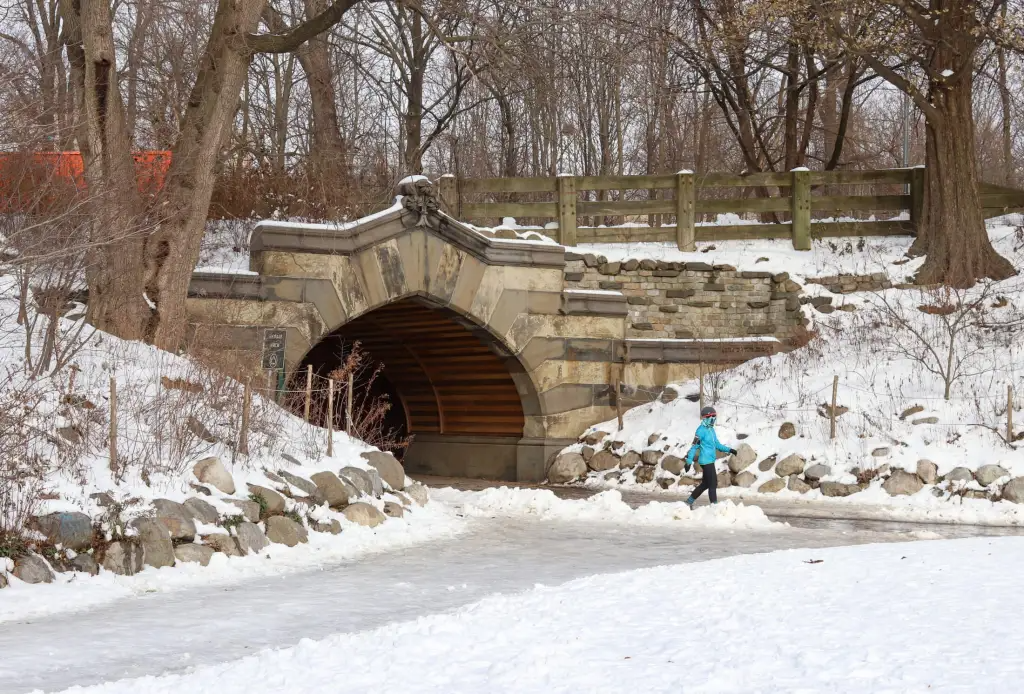Walkabout: Some Favorite Things: Part I
When I first moved to NYC, I lived in the Bronx, near relatives. Before moving to Brooklyn, I used to visit my friend, a Pratt student, who over the course of four years lived all over Clinton Hill and Fort Greene. Wandering around the neighborhood convinced me that Brooklyn was the place to be for…


When I first moved to NYC, I lived in the Bronx, near relatives.
Before moving to Brooklyn, I used to visit my friend, a Pratt student, who over the course of four years lived all over Clinton Hill and Fort Greene. Wandering around the neighborhood convinced me that Brooklyn was the place to be for someone who loved architecture.
After moving here, I started really noticing the small details, when I would go on long, wandering walks for exercise, got involved in the preservation of Crown Heights and Bed Stuy, and started taking lots of photographs, and lots of research.

I’ve wandered around a good deal of Brownstone Brooklyn in the past year, now hyper aware of every bit of architectural detail, the composition of blocks, the progression of style and history, use and adaptive re-use, and sometimes, the passing of an architectural treasure.
Some neighborhoods I know quite well, some not so well, and there are some I have barely explored. In the future, I hope to be able to add elements from neighborhoods like Windsor Terrace, Sunset Park, and Bushwick, for example, places I just haven’t gotten to. My favorites will be sure to increase with continued exploration.
In the meantime, here is the first in my Favorites series. These are just some of my favorite groups of houses. They were built to be viewed as a whole, as well as individual homes. Some, like the Montrose Morris houses, are framed under a common roof.

Others blend seamlessly across the row, forming an aesthetically pleasing progression down the street. Others are joined by the commonality of building materials, or ornament: a shared cornice, pressed metal ornamental bands, or other decorative elements that join them together.
More often than not, these houses were built in groups designed to fit into a set number of lots, often in the middle of other such groups. Most were not built specifically for a buyer, but were speculative housing, often for the upper middle classes.
The row houses of the early to mid 19th century were pretty much uniform, when built on spec, their attractiveness lying in their repeating uniformity. By the time of the Revivals, in the latter part of the century, much attention was paid to the individual-ness of design within groups.
Romanesque and Renaissance Revivals, as well as Queen Anne styles show great variety and inventiveness in their groupings.

Today, architectural historians group these houses by letters corresponding to their individual design: ABCBA, for example, where the two A houses are the same, the two B houses may have a different shaped bay, or façade, and the C house is different from the other two. Usually, the A houses act as anchors, and are often more ornate, or slightly larger, visually enclosing and embracing the entire group, and the C house is the focal point.
Depending on how many houses are in a group, the combinations can be many. I live in an ABCD group, where all houses are different, but share many common elements, including cornice design, doorways and trim.
The best architects working in Brooklyn, including Axel Hedman, George Chappell, the Parfitt Brothers, Amzi Hill and son Henry, Montrose Morris, Magnus Dahlander and William Reynolds, all were masters of row house design.

Axel Hedman was perhaps the most prolific in his groups of houses, found across much of Brownstone Brooklyn. His career will be featured soon, but in the meantime, a sneak peak is available along with the other greats and some unknowns, featured in my Flickr set.
Please feel free to add to the list of other great groups of houses in your neighborhood or Brooklyn travels, and please continue to write in your personal favorite Brooklyn buildings for Thursday’s columns.

[Photos by Suzanne Spellen]





Legion;
You have NO IDEA how gratified I am that these “scientists” have finally been exposed for what they truly are: doomsday preachers for the secular religion known as “global warming”. Exactly as we predicted, no? Those people ought to be ASHAMED of themselves, as people who carried the banner for science. Disgraceful.
Regarding the rowhouses on Flushing: once again- government subsidized. You can do alot when someone else is writing the check.
Benson,
Most world class cities I’ve visited are in Europe where zoning laws and historic preservation tends to be much more strict than here. I don’t think I’m taking too strong of a stand here just looking for the right balance.
Yes Legion, man-made global-warming is the biggest scam this side of our increasingly hot sun.
Hey folks,
I’ve seen a few nice developments recently in brooklyn recently, and they are rowhouses. Most recently along Flushing avenue in Bushwick where they replaced the grounds of an old brewery with really nicely designed rowhouses and a couple of rental buildings. The row houses remind me of those in the photos above.
they’re worth checking out as an example of what can be done with good design on a residential scale with an eye towards building communities.
by the way joe and benson,
did you hear about the global warming e-mail scandal?lol
Joe;
You are taking an anti-growth stand.
You talk about strain on infrastructure. You want to really put a strain on infrastructure? Allow no further growth in Brooklyn, and continue to push development to the suburbs. So, instead of having some people taking the subways, you’ll have everyone driving in, burning gasoline, etc.
This process of development has been going on for 100’s of years, and there’s no stopping it. My father used to go CAMPING in Canarsie when he was a boy, that’s how rural it was!!! As our region develops, the dense areas continue to expand.
Returning to the point of infrastructure and density: if you think our region is dense, then I take it you have not been to Tokyo or other world-class cities like it.
joefrombrooklyn- I agree with you! In fact there are some who are still shocked we won! My feeling is that there will be drastic rethinking of urban environments- what makes them livable or intolerable. I think we will find that cities need a variety of styles, including low-density areas to be healthy environments. Logistically, psychologically, economically.Huge hi-density projects like AY are stressors, disguised as solutions. They treat people like items to be packaged, basically meat warehouses and that in turn impacts not only how we live day to day but how we perceive ourselves. And that can be either very good or very damaging.
Posted by: bxgrl at December 1, 2009 1:57 PM
I wholeheartedly agree.
Joe;
It’s not a matter of technology or a “can-do” spirit. It’s a simple matter of economics – there’s only so much land. I’m sure that at one time much of lower Manahattan was lined with row houses. Would you rather we go back to that point?? Where then, would all the people currently living there go?
Posted by: benson at December 1, 2009 1:44 PM
You are correct re: the economics of things however at some point there has to be a balance. I doubt the current infrastructure can support many more high rises, especially in Brooklyn. Looking at it this way puts logic more on the side of the houses and smaller apartment buildings or of building more subway lines to the outer-boroughs, either one would be an improvement in my book.
joefrombrooklyn- I agree with you! In fact there are some who are still shocked we won! My feeling is that there will be drastic rethinking of urban environments- what makes them livable or intolerable. I think we will find that cities need a variety of styles, including low-density areas to be healthy environments. Logistically, psychologically, economically.Huge hi-density projects like AY are stressors, disguised as solutions. They treat people like items to be packaged, basically meat warehouses and that in turn impacts not only how we live day to day but how we perceive ourselves. And that can be either very good or very damaging.
mopar- the horse and carriage have no problem negotiating them 🙂
Yes, these are cute. Whenever I see them, though, I think of the cost of maintaining the roofs and the challenge of getting my Model T through the tiny driveways. In a good way, of course. 🙂